€3.48
/ per pack
Choose seeds per pack:
Botanical Nomenclature: Leonotis leonurus
Common Name: Lion’s Tail, Wild Dagga
Kingdom: Plantae
Clade: Tracheophytes
Clade: Angiosperms
Clade: Eudicots
Clade: Asterids
Order: Lamiales
Family: Lamiaceae
Genus: Leonotis
Species: L. leonurus
Leonotis leonurus, also known as lion’s tail and wild dagga, is a plant species in the mint family, Lamiaceae. The plant is a broadleaf evergreen large shrub native to South Africa and southern Africa, where it is very common. It is known for its medicinal properties. The main psychoactive component of Leonotis leonurus is claimed to be leonurine, Leonotis leonurus has been confirmed to contain Leonurine according to peer reviewed journal published phytochemical analysis. Like other plants in the mint family, it also contains marrubiin. The name ‘wild dagga’ links it closely to cannabis as ‘dagga’ derived from the Khoikhoi ‘dachab’ is an indigenous South African name for cannabis species. This name may be a misnomer, as no part of the plant is used as a hallucinogen.
The shrub grows 3 to 6 ft (1 to 2 m) tall by 1.5 to 3.5 feet (0.46 to 1.07 m) wide. The medium-dark green 2–4 inches (5.1–10.2 cm) long leaves are aromatic when crushed. The plant has tubular orange flowers in tiered whorls, typical to the mint family, that encircle the square stems. They rise above the foliage mass during the summer season, with flowering continuing into winter in warmer climates.
The infusions made from flowers and seeds, leaves or stems are widely used to treat tuberculosis, jaundice, muscle cramps, high blood pressure, diabetes, viral hepatitis, dysentery, and diarrhoea. The leaves, roots and bark are used as an emetic for snakebites, bee and scorpion stings. The fresh stem juice is used as an infusion drink for ‘blood impurity’ in some places of South Africa.
| Weight | N/A |
|---|
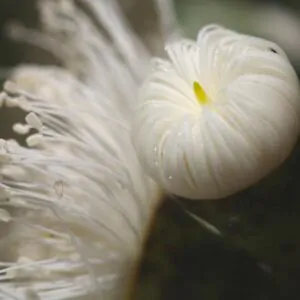
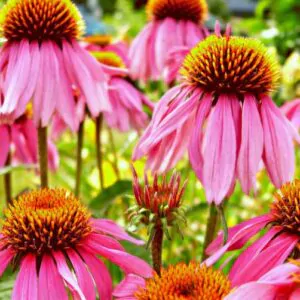
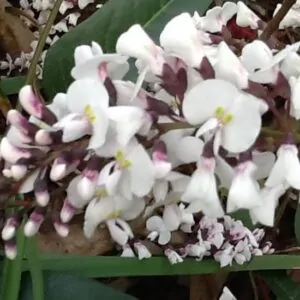
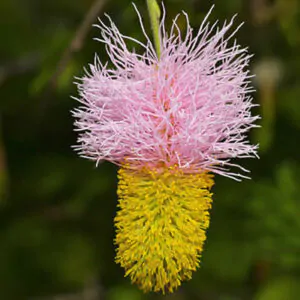
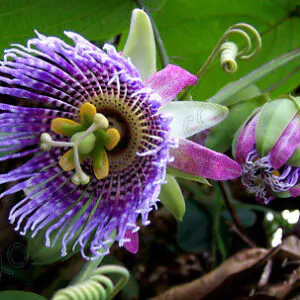
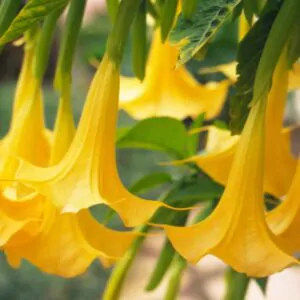
| Cookie | Duration | Description |
|---|---|---|
| cookielawinfo-checkbox-analytics | 11 months | This cookie is set by GDPR Cookie Consent plugin. The cookie is used to store the user consent for the cookies in the category "Analytics". |
| cookielawinfo-checkbox-functional | 11 months | The cookie is set by GDPR cookie consent to record the user consent for the cookies in the category "Functional". |
| cookielawinfo-checkbox-necessary | 11 months | This cookie is set by GDPR Cookie Consent plugin. The cookies is used to store the user consent for the cookies in the category "Necessary". |
| cookielawinfo-checkbox-others | 11 months | This cookie is set by GDPR Cookie Consent plugin. The cookie is used to store the user consent for the cookies in the category "Other. |
| cookielawinfo-checkbox-performance | 11 months | This cookie is set by GDPR Cookie Consent plugin. The cookie is used to store the user consent for the cookies in the category "Performance". |
| viewed_cookie_policy | 11 months | The cookie is set by the GDPR Cookie Consent plugin and is used to store whether or not user has consented to the use of cookies. It does not store any personal data. |